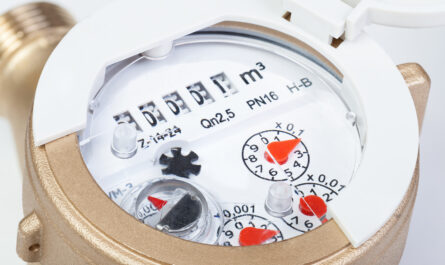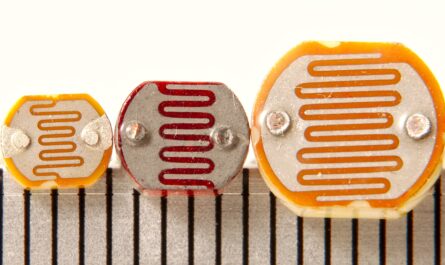What is an Shutter Image Sensor?
An image sensor is an electronic component that converts an optical image, such as a photograph, into an electronic signal. At the heart of every digital camera lies an image sensor that captures light and turns it into a digital image. There are two main types of image sensors – charge-coupled device (CCD) sensors and complementary metal-oxide-semiconductor (CMOS) sensors.
CCD sensors were previously more common in digital cameras but have now been largely replaced by CMOS sensors. CMOS sensors provide better image quality, lower power consumption, and easier integration with onboard processing and functions. The majority of cameras today use CMOS image sensors instead of CCDs.
How Does a CMOS Sensor Work?
A basic CMOS Shutter Image Sensors consists of an array of light-sensitive pixels. Each pixel contains a light-sensitive photodiode and accompanying transistors. When light enters through the camera lens, the photodiodes in the image sensor convert the light photons into electrons.
The number of electrons generated is proportional to the intensity of light. The transistors in each pixel then function to amplification and selection of the pixel signals. Once the light exposure is complete, the electronic signals from the pixels are amplified and read out by the accompanying circuitry on the sensor chip.
These signals are converted from analog to digital form by an analog-to-digital converter. The image sensor thus records the light intensity at each pixel location and outputs the information as digital image data to be stored, displayed or transmitted by the camera.
The Role of the Shutter in Image Capture
In addition to the image sensor array, there is also a shutter mechanism that controls the exposure time. The shutter allows light to reach the sensor for a controlled duration so that the right amount of light is captured without over or underexposure.
In digital cameras, the shutter is usually an electronic component rather than a mechanical one. It consists of a layer placed above the image sensor. The shutter layer remains opaque except during the exposure period, when it becomes transparent to allow light to reach the photodiodes below.
Opening and closing the electronic shutter is precisely controlled using electronic signals. When the shutter opens, photons are able to hit the light-sensitive photodiodes in the image sensor. After the programmed exposure time ends, the shutter closes again to block any further light from reaching the sensor array.
Types of Shutter Image Sensor Used in Cameras
There are two main types of shutters commonly used in digital cameras – global shutter and rolling shutter.
A global electronic shutter exposes the entire sensor array to light simultaneously. All pixels are exposed to light for the exact same duration when the shutter opens. This ensures uniform exposure across the frame and avoids distortion effects. However, global shutters tend to be more complex and expensive to implement.
The more common type is a rolling shutter, where the exposure starts from one edge of the sensor and “rolls” across to the other side. This sequential exposure has a lower manufacturing cost but can cause distortion in images containing fast motion. As different parts of the sensor are exposed at slightly different times, moving objects may appear skewed.
Mechanical shutters are still used in some DSLR cameras for their fast, uniform exposure abilities. However, as electronic global shutters improve, they are likely to replace mechanical shutters completely in the future. Global electronic shutters provide synchronization and flash control advantages over mechanical designs.
Factors Affecting Shutter Speed
The shutter speed setting in a digital camera controls the duration that the shutter remains open during image capture, impacting the exposure of the shot. Some key factors affected by the shutter speed include:
– Motion blur: A slower shutter speed (e.g. 1/30 sec) will induce blur in moving objects, while a very fast shutter (e.g. 1/1000 sec) can freeze fast motion. Shutter speed is an important factor in stopping or creating motion blur effects.
– Low light performance: A fast shutter permits less time for light to hit the sensor in dim conditions, requiring a wider aperture or increased ISO. Slower shutter speeds are needed for adequate handheld exposure in low light.
– Exposure control: Along with aperture and ISO, shutter speed allows photographers to creatively control the exposure based on lighting conditions and subject motion. The combination of these settings achieves the desired brightness levels.
– Flash sync speed: The maximum shutter speed that still permits correct flash exposure is limited by the flash synchronization capability of the camera.
Camera shutter controls light exposure and plays a vital role in image capture. Understanding shutter types and shutter speed settings allows photographers to create different visual effects and optimize photos in various situations.




